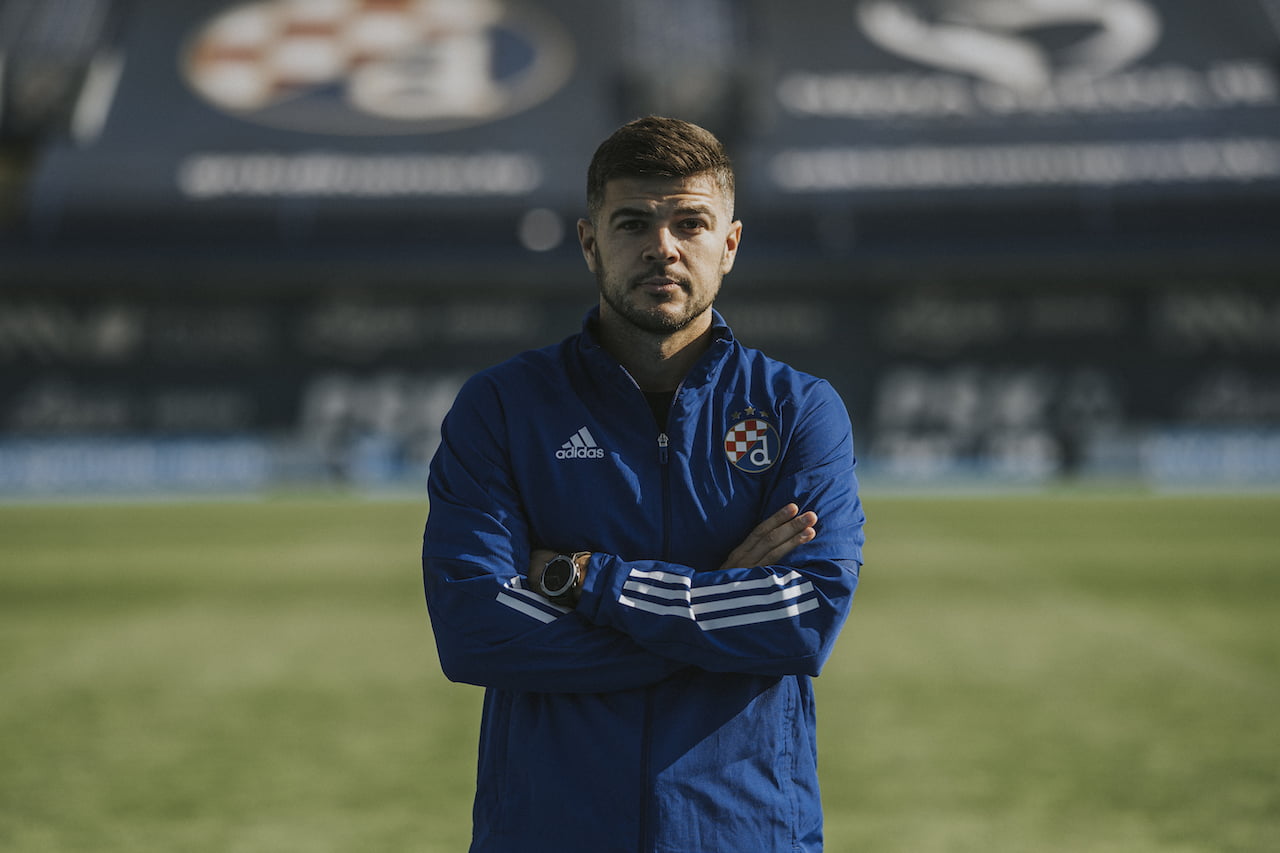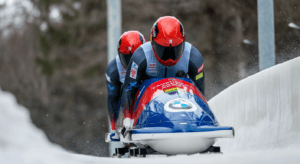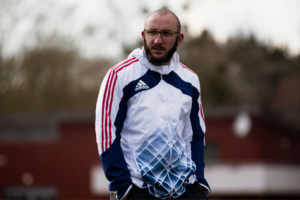Table of content
A user case interview (Markus Matusinskij)
“For VBT, I like to say that it is the GPS for the gym.”
Gym, field, or office, it doesn’t really matter, Marko Matusinskij flows from station to station providing critical insights.
Can you give us a little introduction to yourself and your background?
My name is Marko Matusinskij. I was educated at the kinesiology faculty of the university in Zagreb and I have a diploma in sports science and exercise science. I also have a UEFA B football license, ASCA lvl 2 and I am a student of the Football Science Institute.
During my career I worked with several age categories within football, starting with volunteering with the U9 categories, through the U15 and U19 categories to the first teams of the first and second Croatian football leagues.
On several occasions, I worked for the Croatian Football Association, especially the women’s national team from U15 to senior teams. Before that, I worked as a GPS analyst for the Dinamo first team and as a fitness trainer for the Dinamo B team. I am also a lecturer at our college from time to time. This looks like a lot of things, but that is because I like to combine practice and science.
What does your current role involve?
I currently work as a performance scientist and consultant at Ultrax, the fitness coach of the women’s teams at the football club Dinamo, alongside being the physical trainer of the U21 national team.
I cannot say that I am strictly specialized in the field or the office, but I prefer to say that I am a combination of both if I really have to choose, I can say that I specialize in creating a meaningful conditioning system in a football environment. Dinamo is my third club with that role.
What made you choose Enode?
I love numbers. I also like training in the gym. As we at the club were lucky enough to make a breakthrough in monitoring the load on the field through GPS technology, I was looking for similar solutions for the gym. That’s where I came to the Enode VBT system. For VBT, I like to say that it is the GPS for the gym.
How do you implement the use of Enode in your setting?
In the beginning, I included the Enode system in the work with players who are in rehabilitation because their control is very important in order to return to the competition as safely as possible. Subjective judgment is fine, but I like to have an objective indicator of how strong, explosive, or fast someone is. After the Enode system proved to be useful in rehabilitation, we introduced it to work with our B team in training sessions with external load.
How has using VBT and Enode helped you overcome any challenges or improve your workflow?
I would start with more precise planning and the use of loads in training. As I said, I look at this system as GPS for the gym. What we also noticed is the players’ interest and motivation in training. Their engagement was greater in each repetition, including during training.
I tried to use the system in rehabilitation with a player who had a knee injury. We used one unilateral content with the same load in order to compare the speed of overcoming that load in the right and left legs. The VBT system showed us some of the imbalances, after which we did additional diagnostics. It can definitely help in creating and controlling the training process if you know what you want with it.




